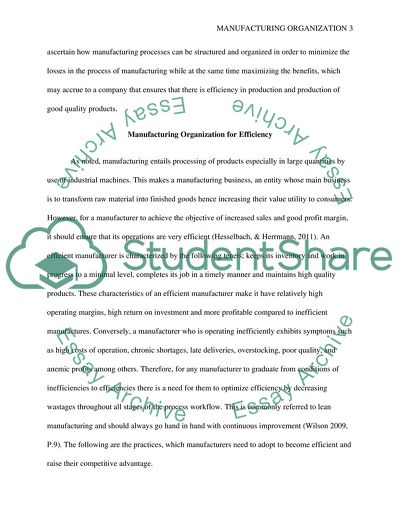Cite this document
(Manufacturing Organization: Systems and Benefits Coursework Example | Topics and Well Written Essays - 3250 words, n.d.)
Manufacturing Organization: Systems and Benefits Coursework Example | Topics and Well Written Essays - 3250 words. https://studentshare.org/engineering-and-construction/1823271-manufacturing-economics-quality-and-organisation
Manufacturing Organization: Systems and Benefits Coursework Example | Topics and Well Written Essays - 3250 words. https://studentshare.org/engineering-and-construction/1823271-manufacturing-economics-quality-and-organisation
(Manufacturing Organization: Systems and Benefits Coursework Example | Topics and Well Written Essays - 3250 Words)
Manufacturing Organization: Systems and Benefits Coursework Example | Topics and Well Written Essays - 3250 Words. https://studentshare.org/engineering-and-construction/1823271-manufacturing-economics-quality-and-organisation.
Manufacturing Organization: Systems and Benefits Coursework Example | Topics and Well Written Essays - 3250 Words. https://studentshare.org/engineering-and-construction/1823271-manufacturing-economics-quality-and-organisation.
“Manufacturing Organization: Systems and Benefits Coursework Example | Topics and Well Written Essays - 3250 Words”. https://studentshare.org/engineering-and-construction/1823271-manufacturing-economics-quality-and-organisation.


